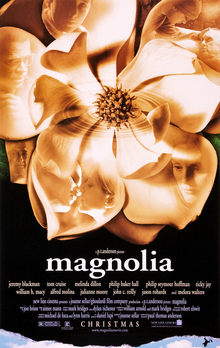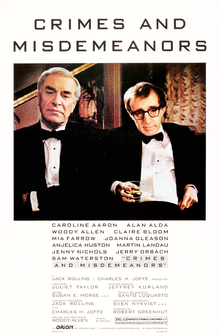 |
| Robert De Niro in Taxi Driver |
It's a truism that movies and dreams have much in common: We experience them in the dark; we ascribe portents and personal insights to them; they present us with a non-linear experience, in which events don't follow in logical sequence, and point of view is continually shifting. And nobody knows this better than Martin Scorsese, who gives us in
Taxi Driver a story that appears to be realistic but which, the more we ponder it, proves to be dreamlike. Take the conclusion of the film, for example: After slaughtering a roomful of brothel patrons and personnel, Travis Bickle (Robert De Niro) attempts suicide but fails, and in a coda we see that he has become a hero, that the 12-year-old prostitute Iris (Jodie Foster) he has tried to rescue has returned to her parents, and that Betsy (Cybill Shepherd), whom he has frightened by stalking, now regards him as a hero, too. It is the most unlikely of "happy endings" in an era that had begun to mock such conventional resolutions. So it's no surprise to find that there are commenters on the film who think that the entire sequence is a dream, or a fantasy of the dying Travis. Certainly there are things in the sequence that don't entirely jibe with a realistic interpretation, and not just the fact that Scorsese himself is not inclined to anything so square as a happy ending. The news clippings on the wall of Travis's apartment don't look like actual clippings, and the photograph of Travis included with them hardly looks like De Niro. Iris has been adamant about never returning to her parents. And Betsy seems unlikely to warm up to Travis after he shocked her by taking her to a pornographic movie. Scorsese has never endorsed, nor fully repudiated, this interpretation of the ending as a fantasy, but the screenwriter, Paul Schrader, has said that the ending is merely there to bring the film full-circle, meaning that Travis's murderous loner cycle will begin all over again. I think it better to regard the whole film as a nightmare about contemporary urban loneliness, filtered through what Scorsese knows best: motion pictures. From the moment the saxophone begins playing Bernard Herrmann's theme, we are cast into the mythical realm of the film noir, a genre dear to Scorsese's heart. Cinematographer Michael Chapman turns 1970s New York City into a city of dreadful night, a neon-lighted hell full of smoke and steam, and Scorsese manipulates extras into demonic gatherings. One of the more shocking sequences takes place when Scorsese himself plays a passenger in Travis's cab, making him wait outside an apartment house and watch the silhouette of the passenger's wife on a window shade as she has a meeting with her black lover. (The passenger uses an uglier word to describe the lover.) But the scene is not shot realistically: It should be clear to even the most naïve movie-watcher that the silhouette has been crafted with special lighting, a kind of distancing device that puts the emphasis on the film as a parable and not as a docudrama. More and more, I come to think of
Taxi Driver as Scorsese's greatest film because it makes us not only reflect upon and challenge what movies are doing to us but also because it gives us a sense of modern anomie unequaled in any other film. Travis Bickles are all around us, and in America, with its laxness about weaponry and its emphasis on individual liberty, they continue to appear, whether in the form of Arthur Bremer -- the man who attacked George Wallace, whose diaries De Niro studied while creating Travis Bickle -- or John Hinckley, whose
Taxi Driver-colored fantasies drove him to shoot Ronald Reagan to attract Foster's attention, or the next psychopath with a grievance whom we'll learn about after the tragic fact. But Scorsese should not be blamed -- indeed, he and De Niro should be praised as highly as possible -- for bringing Travis to our attention, for taking our nightmare and reprising it for us so effectively.









